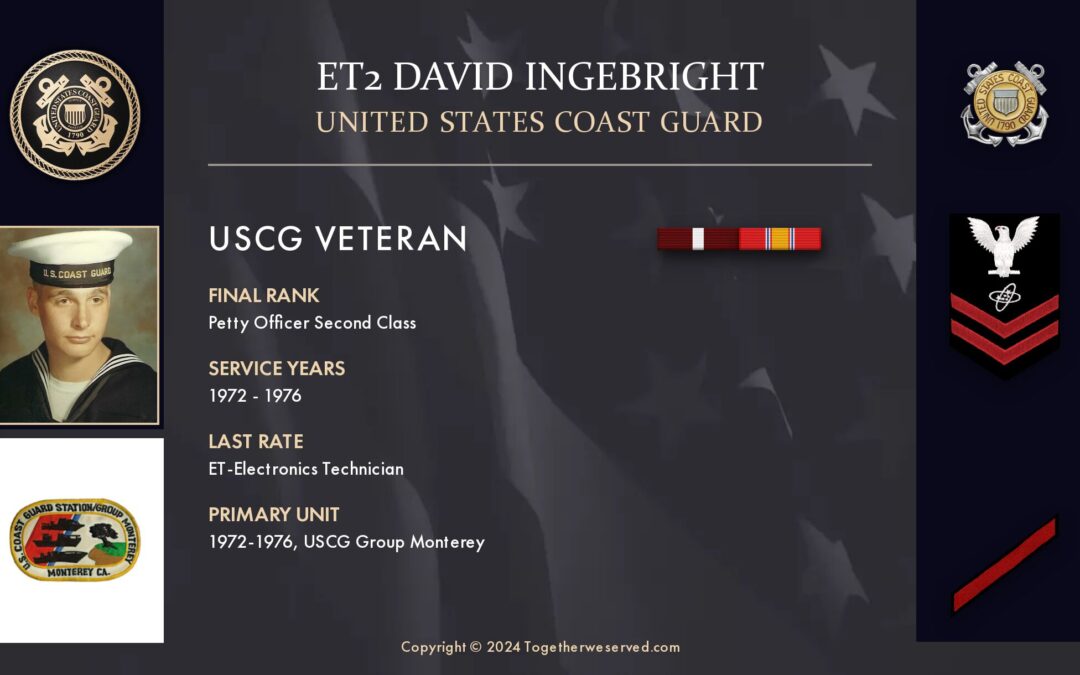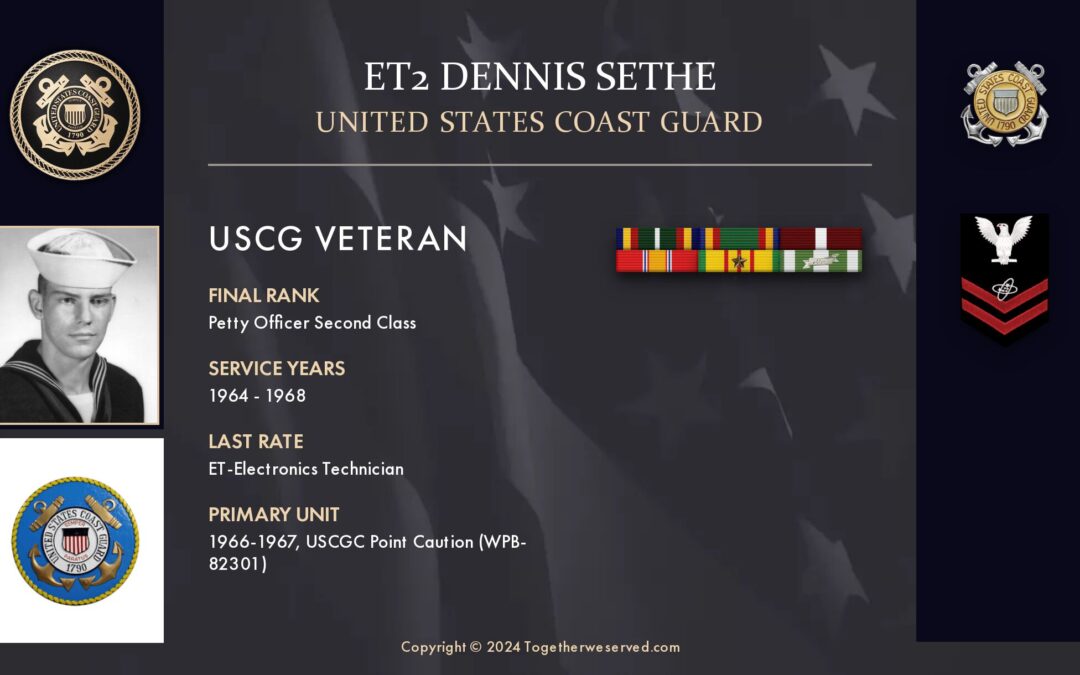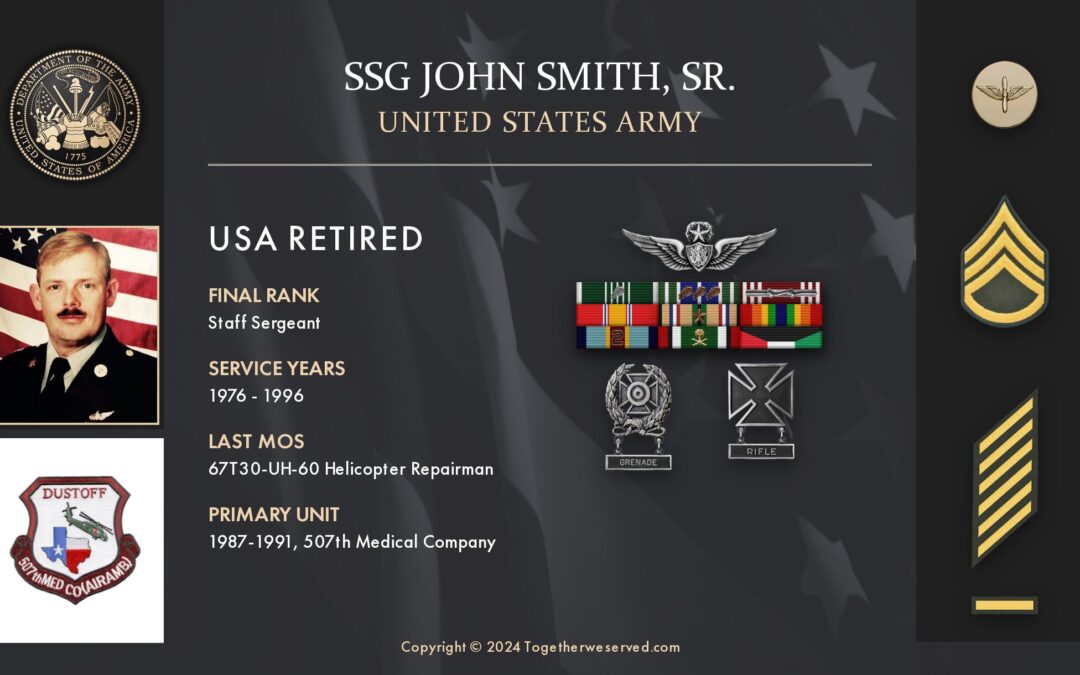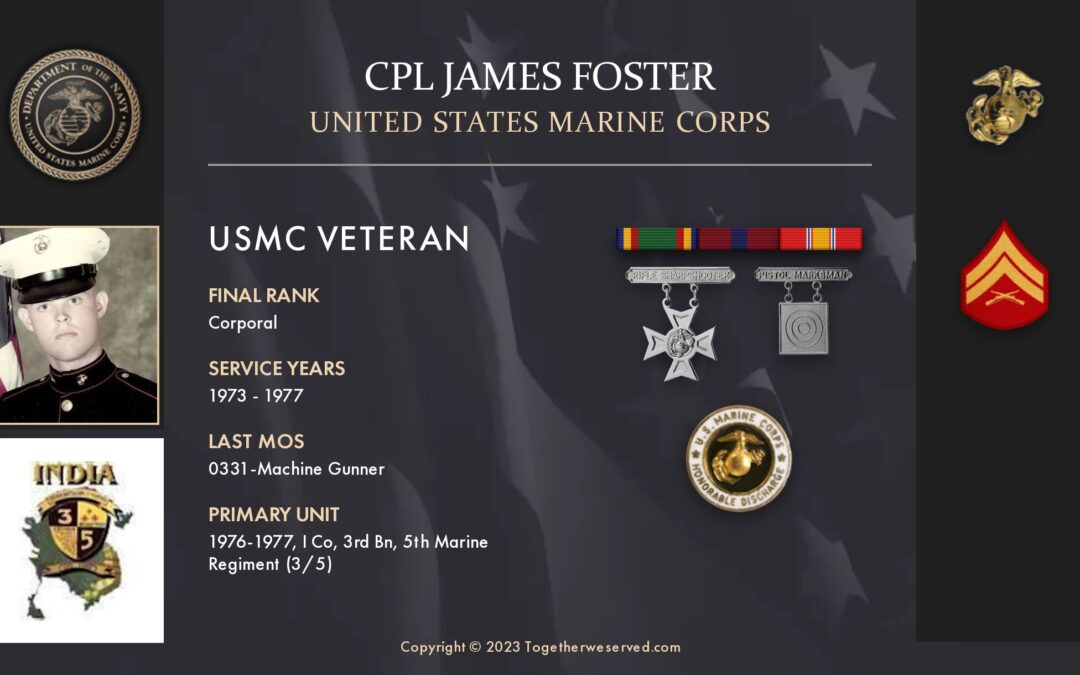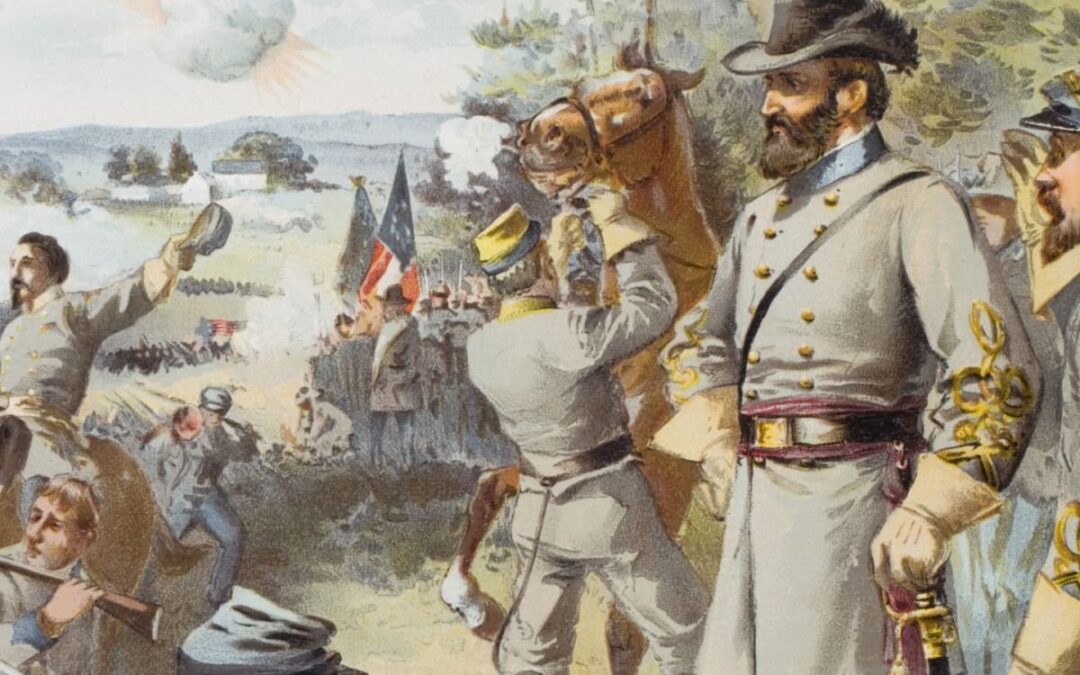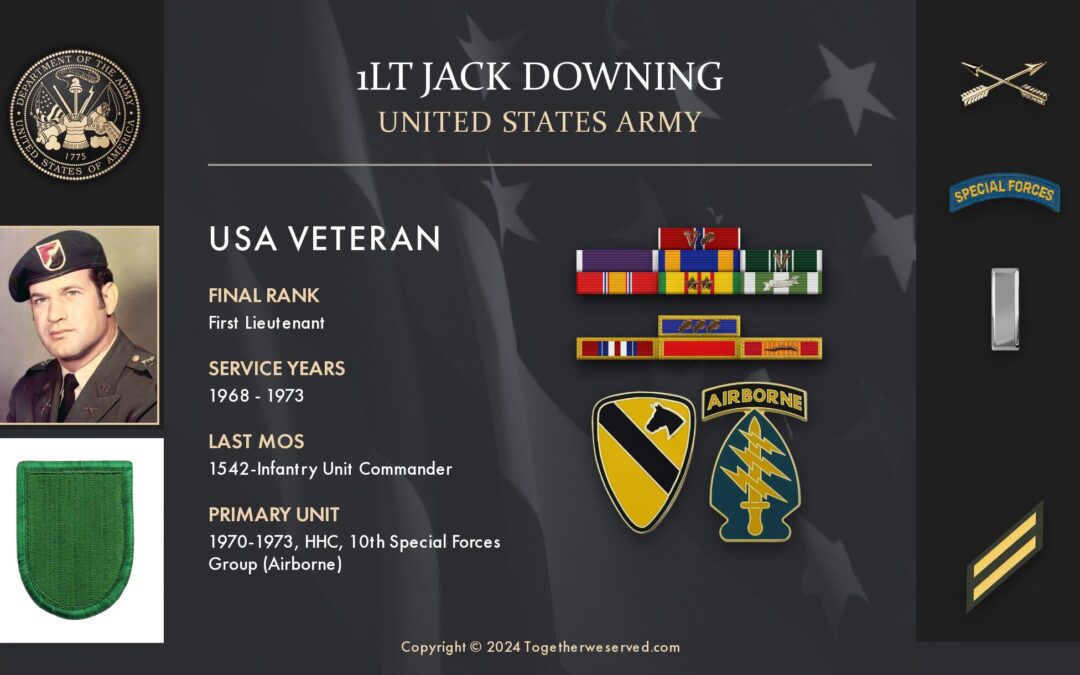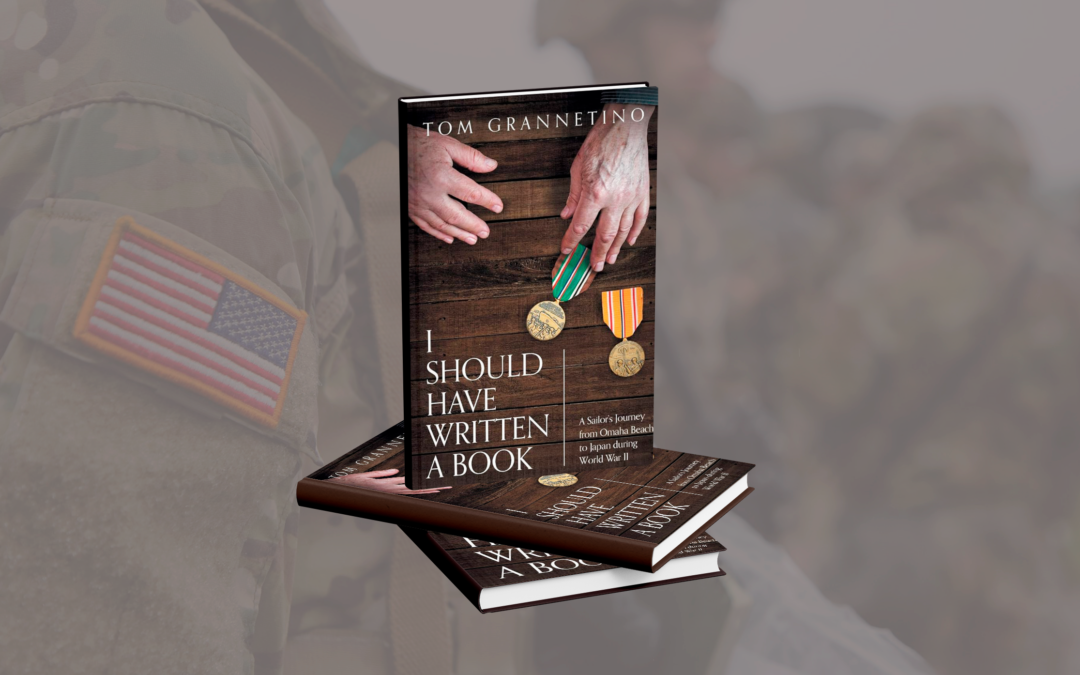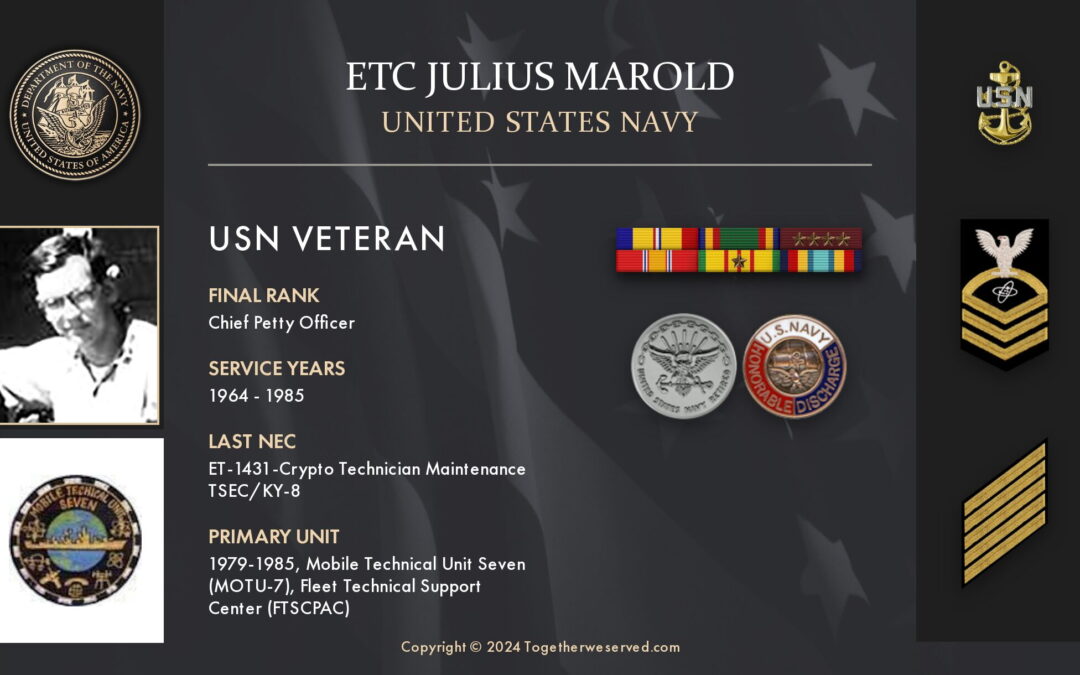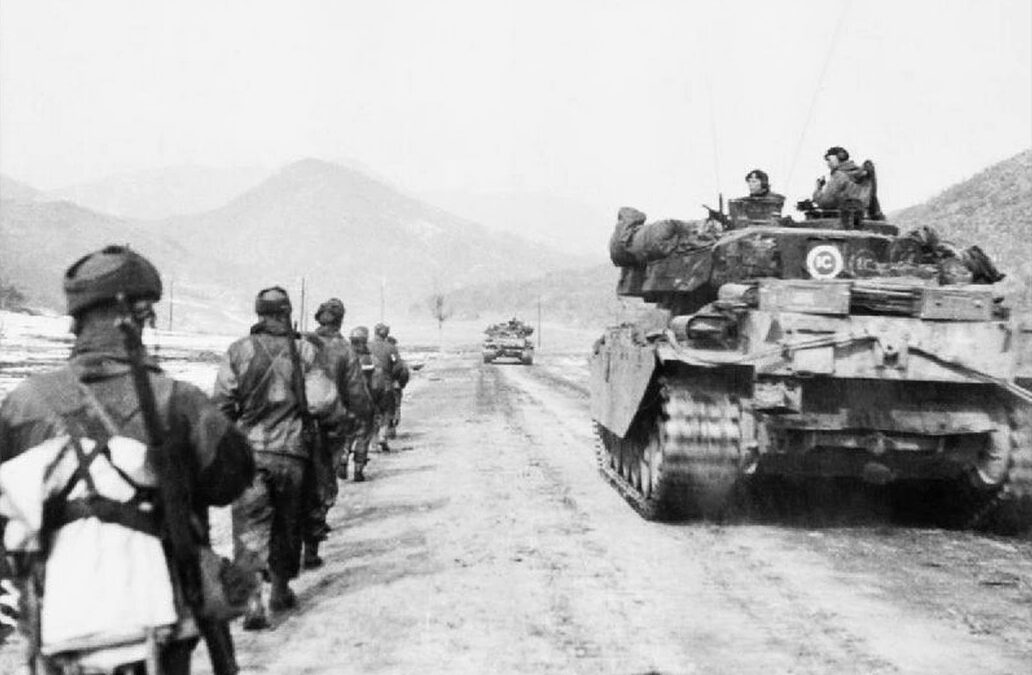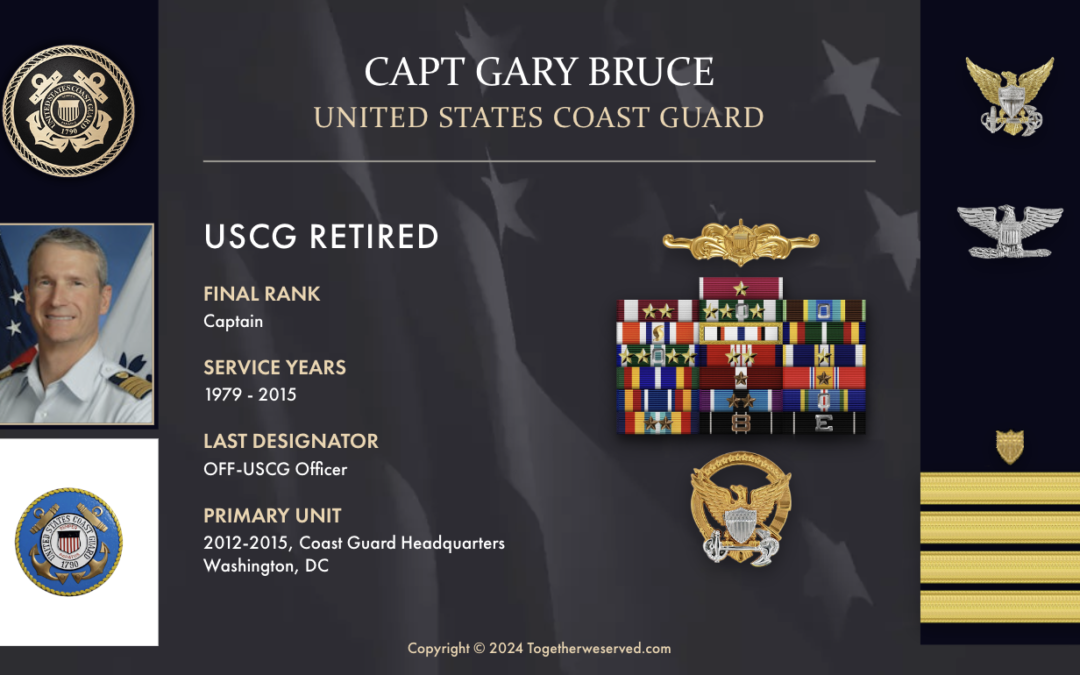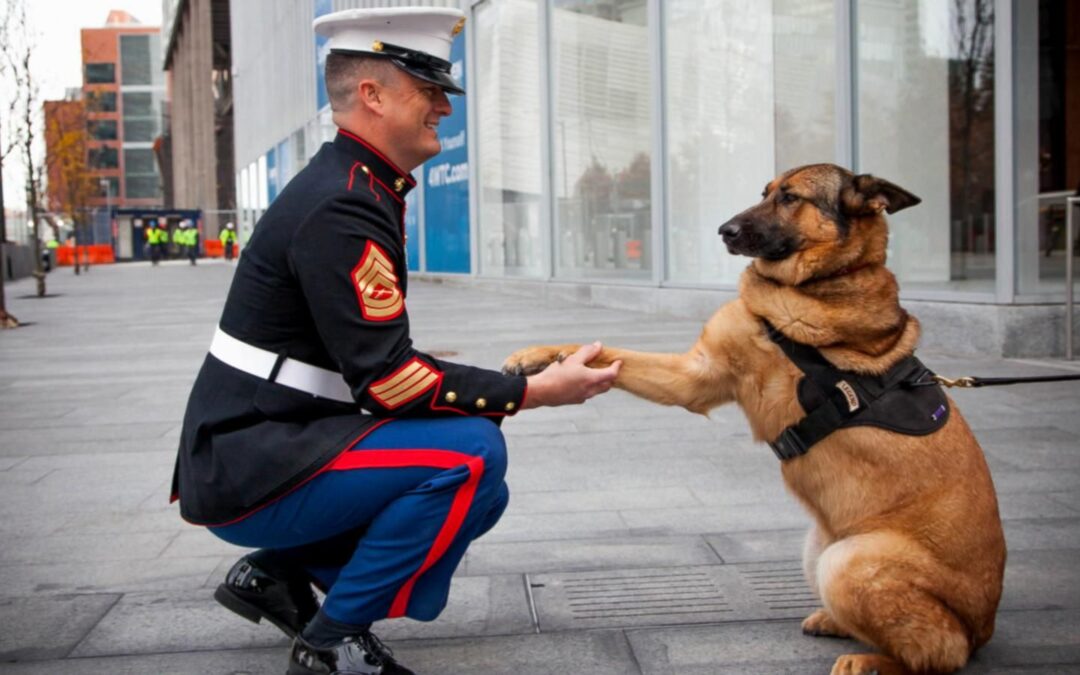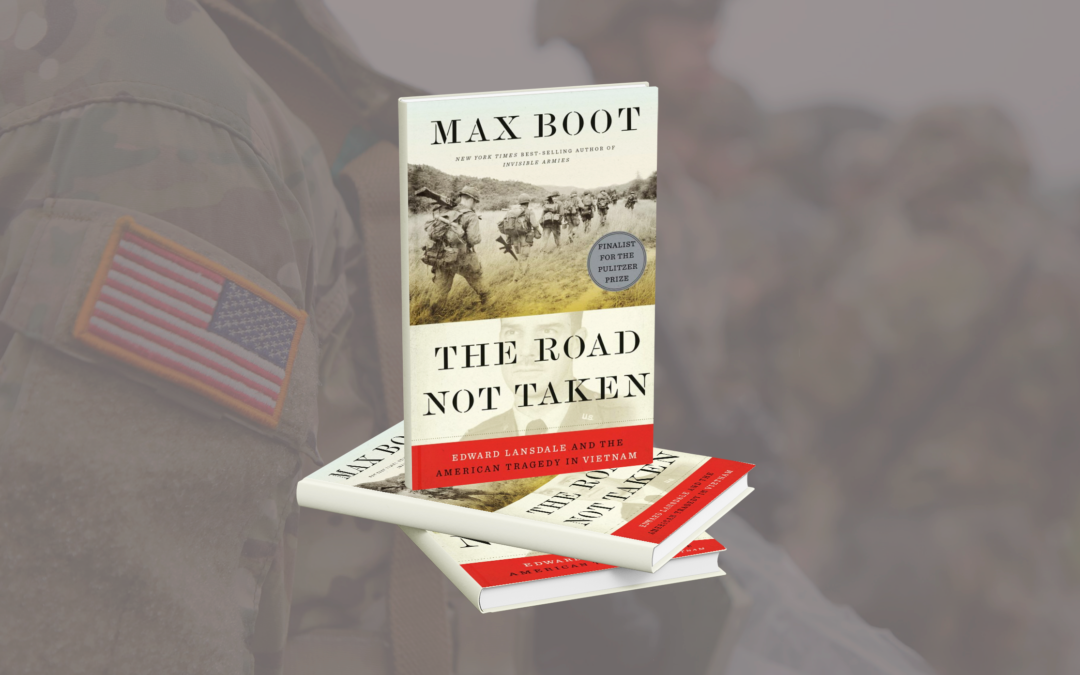PRESERVING A MILITARY LEGACY FOR FUTURE GENERATIONS The following Reflections represents ET2 David Ingebright's legacy of his military service from 1972 to 1976. If you are a Veteran, consider preserving a record of your own military service, including your memories and photographs, on Togetherweserved.com (TWS), the leading archive of living military history. The following Service Reflections is an easy-to-complete self-interview, located on your TWS Military Service Page, which enables you to remember key people and events from your military service and the impact they made on your life. Start recording your own Military Memories HERE. Please describe who or what influenced your decision to join the Coast Guard. Commanders inspection at Monterey It was 1972, and I had just graduated from the Electronics Technician program at the DeVry Institute of Technology in Phoenix, Arizona. The Vietnam War was in full swing, and the draft lottery was being used to draft young men my age. Since...
